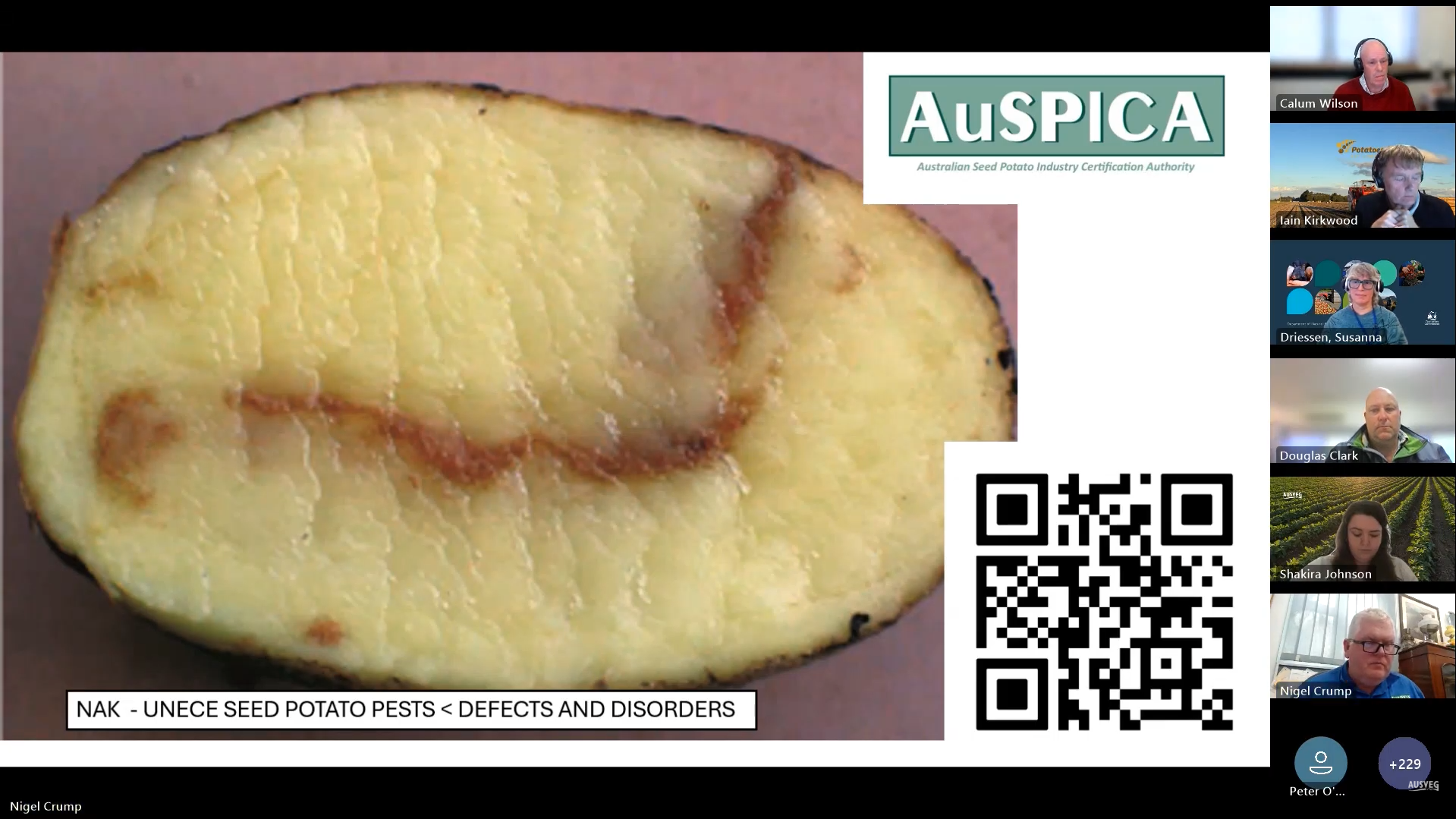Bruising and storage: Insights from Professor Nora Olsen
Bruising is one of the most persistent challenges for potato growers and processors, reducing yield, quality, and storage life. Bruising isn’t just cosmetic, it increases water loss and disease risk, making careful management essential. Read about Professor Nora Olsen's key strategies to reduce bruising, improve the crop’s natural resistance and minimising mechanical injury in this PotatoLink magazine article.
Demo site results: Optimising Fertiliser use in North Motton, Tasmania
A PotatoLink demo with grower Coby Badcock tested four fertiliser strategies on a Tasmanian crop, comparing high-input vs sap-guided approaches. The results offer insights into nutrient timing, efficiency, and cost-effectiveness—proving that more fertiliser doesn’t always mean better yield.




















